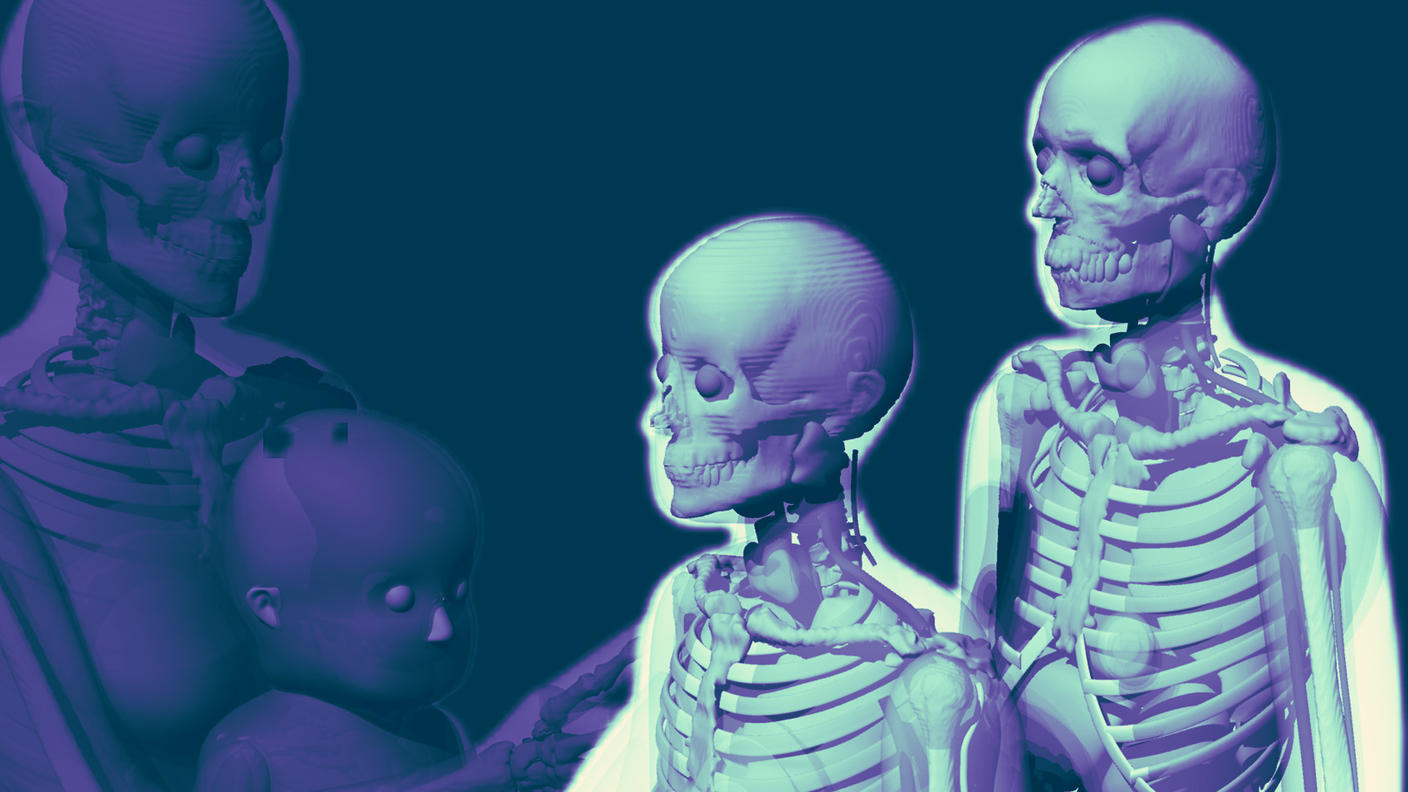Research Areas
Medical Radiation Exposure
Exposure to diagnostic examinations involving radiation has increased dramatically among the U.S. population. In order to support epidemiological studies of medical radiation and cancer risk, DU researchers are developing more accurate methods to estimate radiation doses from diagnostic radiologic examinations, such as computed tomography (CT) scans, radiography or fluoroscopically-guided interventional procedures, and nuclear medicine exams. They are also studying how to estimate radiation doses to normal tissues from radiological cancer treatments, including external radiation treatments and therapeutic nuclear medicine procedures, in order to better support studies of second cancers and their possible causes.
Occupational Radiation Exposure
There are an estimated 1.5 million radiation workers in the United States, and questions remain about optimal radiation protection strategies for protracted low-dose occupational radiation exposures. The public is also concerned about radiation protection because of ubiquitous, protracted, low-dose exposures from certain medical procedures, air travel, natural background, and other sources. Studies of cancer among occupationally exposed populations are important therefore for radiation protection purposes, and for estimating and projecting risks to the public. DU researchers are developing methods to more accurately estimate organ dose and quantify uncertainties for radiation workers exposed to medical radiation procedures and involved in radiation accidents.
Environmental Radiation Exposure
Fundamental questions remain unanswered about the potential hazards of low-dose, protracted radiation exposures from environmental radiation sources. The Fukushima nuclear power plant accident was an important reminder of the need to understand the long-term effects of low-dose protracted exposures from radioactive cesium (137Cs) deposited on the ground and internal exposure to radionuclides especially radioiodine (131I) resulting from the accident. In support of epidemiological studies of cancer risk from environmental radiation exposure, DU researchers are developing methods for more accurate dose estimates and for reducing uncertainty in studies of thyroid cancer and other thyroid diseases in persons exposed to radionuclides from the Chernobyl accident and to fallout from nuclear weapons testing.
Learn about our medical, occupation, and environmental radiation exposure research studies.
Methods and Tools
NCIDose is a collection of medical radiation dosimetry tools developed by DU investigators. These tools can be used to estimate the radiation organ doses received by patients undergoing diagnostic radiation procedures. They are available to the public free-of-charge for non-commercial research purposes. There is a licensing process for commercial use.
Research Staff
Fellows
Training Opportunities
Fellows are a key part of DCEG. Fellows in REB have the opportunity to work with DU investigators studying radiation dosimetry to support epidemiological studies.










